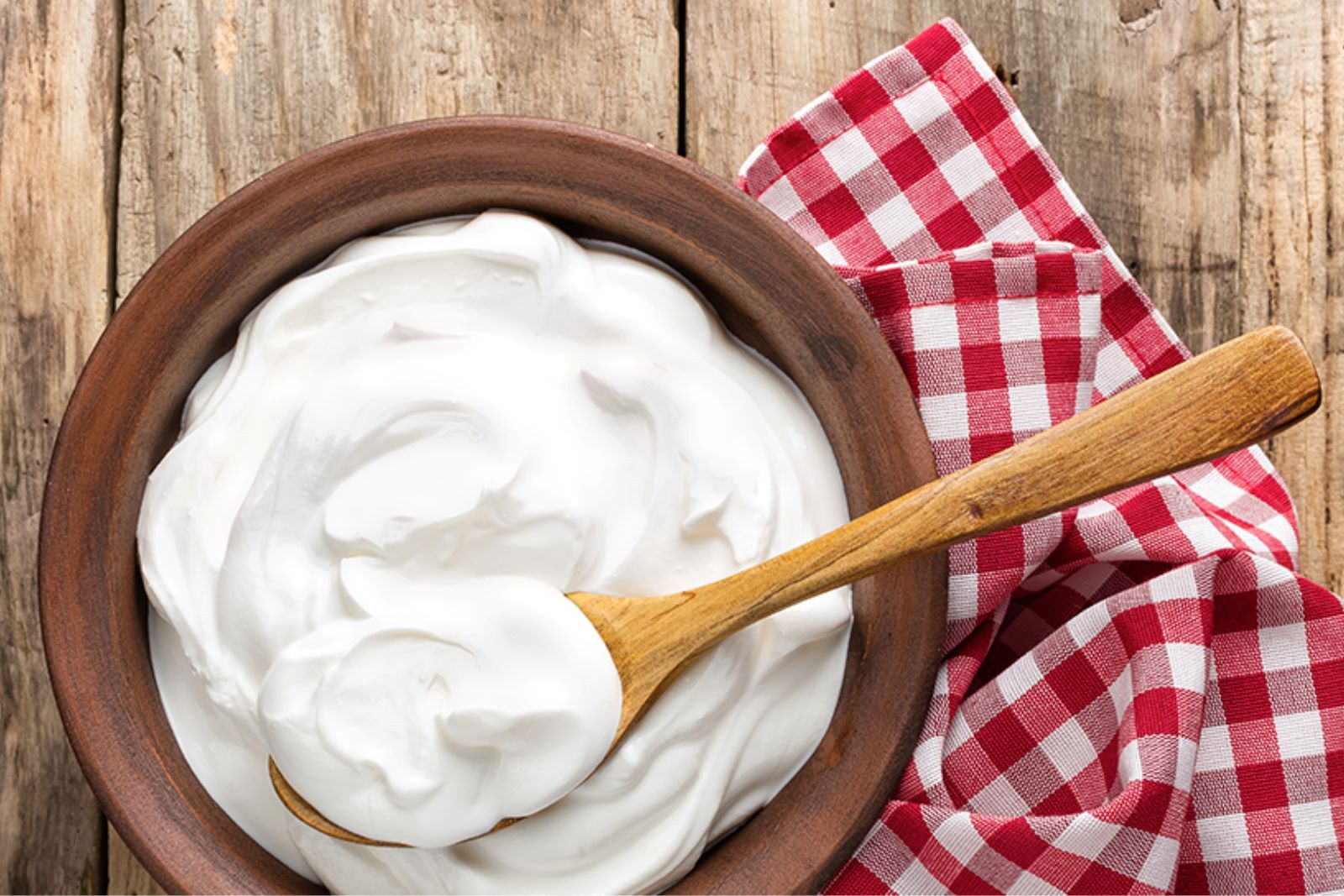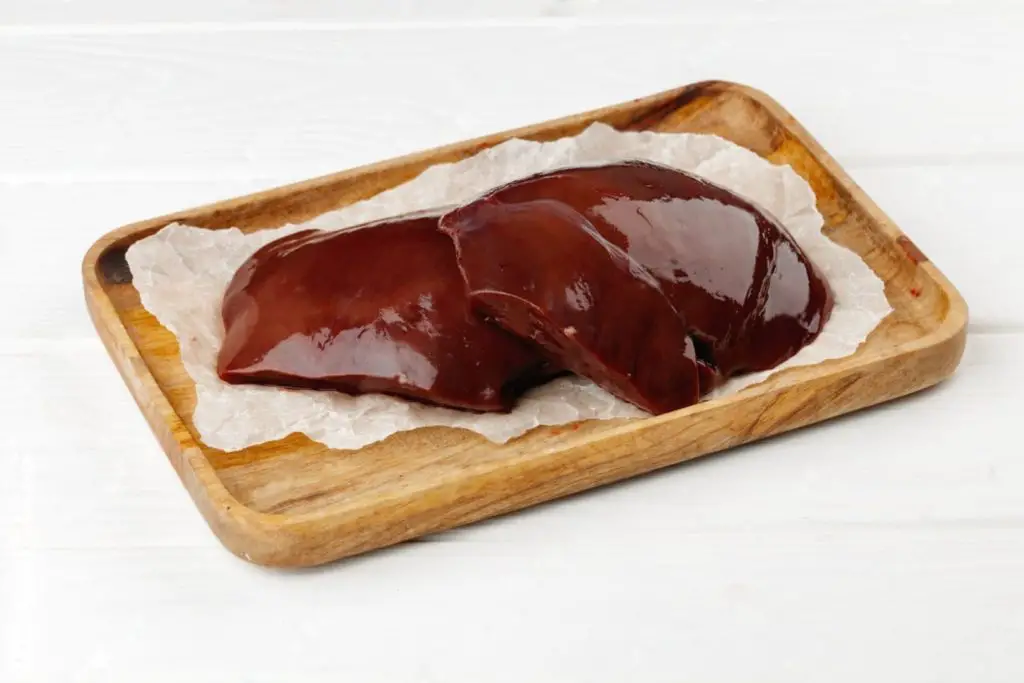
Greek yogurt is a thick and creamy yogurt variety that is made by straining regular yogurt to remove the whey, resulting in a higher concentration of protein and a denser texture. It has a tangy flavor and is known for its versatility in both sweet and savory dishes. When faced with surplus yogurt or the need to extend its shelf life, freezing offers a practical solution. Freezing Greek yogurt not only helps to prevent waste but also preserves its nutritional value and delectable qualities. By understanding the proper techniques and considerations for freezing Greek yogurt, you can ensure that this beloved ingredient remains at its best, ready to be enjoyed in various dishes or as a cool and refreshing treat.
Here are the steps to freeze Greek yogurt:
Step 1: Choose the appropriate container
When it comes to freezing Greek yogurt, selecting the correct container is essential to maintain its quality and prevent any potential freezer-related issues. The chosen container should be airtight to prevent air exposure, which can lead to freezer burn and the loss of flavor and texture. Freezer burn occurs when moisture evaporates from the yogurt, leaving behind dehydrated patches that affect its taste and consistency.
Using plastic containers with tight-fitting lids or freezer bags is recommended for freezing Greek yogurt. These containers create a seal that minimizes air contact, preserving the freshness of the yogurt. Plastic containers are durable and can withstand freezing temperatures without cracking or becoming brittle. Freezer bags, on the other hand, are convenient for portioning out yogurt and can be laid flat for efficient storage.
Both plastic containers and freezer bags are also easy to label, allowing you to identify the frozen Greek yogurt easily and keep track of its freezing date. This ensures that you use the oldest yogurt first, maintaining a rotation system to prevent waste.
Can I freeze Greek yogurt in its original packaging?
It’s not recommended to freeze Greek yogurt in its original packaging as it may not be freezer-safe and can lead to freezer burn. It’s best to transfer the yogurt to airtight, freezer-safe containers or freezer bags to maintain its quality during freezing.
Can I freeze individual portions of Greek yogurt?
Absolutely! Freezing Greek yogurt in individual portions is convenient and allows for easy grab-and-go servings. Simply divide the yogurt into single-serving containers or use ice cube trays for smaller portions. This way, you can thaw only what you need at a time.
Step 2: Prepare the yogurt for freezing
Preparing the Greek yogurt for freezing is an important step to ensure its texture remains smooth and consistent throughout the freezing process. Before freezing, it’s essential to give the yogurt a good mix to evenly distribute any liquid that may have separated. This helps maintain the creamy texture and prevents any undesirable separation or clumping when thawed.
If you prefer a flavored or sweetened yogurt, you can add sweeteners, fruit, or other flavorings at this stage. Incorporating these additions before freezing allows the flavors to meld together and ensures a consistent taste when the yogurt is eventually thawed and consumed.
Once the yogurt is well-mixed and flavored (if desired), it can be spooned into the chosen container. It’s important to leave some space at the top of the container to allow for expansion as the yogurt freezes. This extra room accommodates the slight increase in volume that occurs when liquids freeze. Without leaving adequate space, the container may burst or crack as the yogurt expands, potentially causing a mess in the freezer.
Is it necessary to strain Greek yogurt before freezing?
While straining Greek yogurt is not necessary before freezing, it can help achieve a thicker consistency if desired. Straining removes excess liquid, resulting in a denser yogurt. However, it’s a matter of personal preference, and you can freeze Greek yogurt with or without straining.
Step 3: Seal and wrap the container
Sealing and wrapping the container is a crucial step in freezing Greek yogurt to protect it from air exposure and potential crystallization. Air exposure can lead to the formation of ice crystals, which can degrade the texture and quality of the yogurt over time. By securely sealing the container, you create a barrier that helps maintain the yogurt’s freshness and prevents freezer burn.
For plastic containers, ensure the lid is placed on tightly to create an airtight seal. This prevents any air from entering the container and coming into contact with the yogurt. Freezer bags are another popular option, and it’s important to press out any excess air before sealing them tightly. This reduces the chance of ice crystals forming and maintains the quality of the yogurt.
To provide an additional layer of protection against freezer burn, you can wrap the container with plastic wrap. This extra step helps minimize air exposure and further safeguards the Greek yogurt from any potential moisture loss or degradation.
Should I freeze the Greek yogurt in a container without wrapping it?
While it is possible to freeze Greek yogurt in a container without wrapping, it is generally recommended to wrap the container for optimal results. Wrapping the container provides additional protection against air exposure and potential moisture loss, helping maintain the yogurt’s quality and texture during freezing. By tightly sealing and wrapping the container, you can minimize the risk of freezer burn and preserve the yogurt’s taste and consistency.
Should I wrap the freezer bag when freezing Greek yogurt?
If you are using a freezer bag to store the Greek yogurt, it is generally not necessary to wrap it with additional materials. Freezer bags are designed to provide airtight protection and help prevent freezer burn. However, if you prefer an extra layer of security or if the freezer bag is not of high quality, you can consider wrapping it with plastic wrap for added protection against air exposure and potential moisture loss. This can help maintain the yogurt’s quality and texture during freezing.
Step 4: Label the package
Labeling the package is an important step when freezing Greek yogurt as it helps you keep track of its freezing date and maintain a system for using the yogurt in a timely manner. By clearly writing the date of freezing on the container with a marker or using an adhesive label, you create a visible reminder of when the yogurt was frozen.
The date on the label serves as a reference point to gauge the yogurt’s freshness and quality. It allows you to identify the oldest yogurt in your freezer, ensuring that you use it before any newly frozen batches. This rotation system helps prevent the yogurt from being stored for an extended period and potentially losing its optimal taste and texture.
Additionally, labeling the container also eliminates any confusion when retrieving the frozen Greek yogurt. It enables quick identification and avoids the need to inspect each container individually. This saves time and helps maintain organization in your freezer.
Step 5: Place the yogurt in the freezer
Once you have properly sealed and labeled the Greek yogurt container, it’s time to place it in the freezer. Finding the right spot and ensuring proper positioning are important for maintaining the quality of the yogurt during freezing.
Select a suitable spot in your freezer where the yogurt container can sit undisturbed. It’s best to choose a flat surface that can support the weight of the container without tipping or shifting. This ensures that the yogurt remains stable and doesn’t leak or spill.
Avoid placing the yogurt container near the freezer door, as this area is subject to temperature fluctuations when the door is opened and closed frequently. Fluctuating temperatures can negatively impact the quality and consistency of the yogurt.
Allow sufficient space around the container to promote even freezing. Adequate air circulation within the freezer is essential for maintaining a consistent temperature throughout and ensuring that the yogurt freezes uniformly. This helps preserve the texture and taste of the yogurt, preventing any inconsistencies or ice crystal formation.
Step 6: Thaw and enjoy
After freezing your Greek yogurt, the final step is to thaw it properly before enjoying its creamy goodness. To do this, remove the container from the freezer and transfer it to the refrigerator. Thawing the yogurt in the refrigerator ensures a gradual and controlled thawing process, promoting food safety and preserving the quality of the yogurt.
Allow the yogurt to thaw for several hours or overnight in the refrigerator, depending on its size and the desired consistency. Thawing times may vary, but it’s important to give the yogurt enough time to completely thaw. This slow thawing process helps maintain the texture and flavor of the yogurt, ensuring a smooth and enjoyable eating experience.
Once the Greek yogurt has thawed, gently stir it to restore its creamy texture. Freezing can cause some separation or changes in texture, but a gentle stir will help bring the yogurt back to its original smooth consistency.
Now, your thawed Greek yogurt is ready to be savored. Enjoy it as a healthy and nutritious snack on its own, or use it in various recipes such as smoothies, parfaits, baked goods, or as a topping for desserts. The versatility of Greek yogurt opens up endless possibilities for culinary creations.
Other related questions
How long can I store frozen Greek yogurt?
Greek yogurt can last in the freezer for up to 3 months without significant loss of quality. Properly stored and sealed, it can maintain its taste, texture, and nutritional value during this period. However, it’s important to note that while the yogurt may still be safe to consume beyond 3 months, its quality may start to degrade. Freezing it for longer periods may result in changes in flavor and consistency.
Can I refreeze Greek yogurt?
It is generally not recommended to refreeze Greek yogurt after it has been thawed. The process of freezing and thawing can affect the texture and quality of the yogurt, leading to potential changes in taste and consistency. It is best to consume the thawed Greek yogurt or use it in recipes promptly to ensure the best taste and texture.
How do I know if the Greek yogurt has gone bad after being frozen?
After Greek yogurt has been frozen, there are a few signs to look for to determine if it has gone bad. Inspect the yogurt for any unusual odor, such as a sour or rancid smell, which can indicate spoilage. Additionally, check for changes in texture, such as excessive separation or the presence of ice crystals, as these may indicate a loss of quality. If you notice any of these signs, it is recommended to discard the yogurt to avoid consuming spoiled food.
Can I freeze Greek yogurt that has already been opened?
Yes, you can freeze opened Greek yogurt. Ensure it is stored in airtight, freezer-safe containers to maintain its quality. However, note that freezing may slightly alter the texture, so it is best to consume it within a reasonable timeframe after thawing.
Can I use frozen Greek yogurt in recipes that call for fresh yogurt?
Yes, you can use frozen Greek yogurt in recipes that require fresh yogurt. Thaw the frozen yogurt in the refrigerator and give it a good stir before incorporating it into your recipe. However, note that the texture may be slightly different, so consider this when using it in certain recipes.
Can I freeze Greek yogurt with mix-ins, such as granola or fruit?
If your Greek yogurt contains mix-ins like granola or fruit, it’s advisable to separate them before freezing. Freezing can affect the texture and consistency of these add-ins, so it’s better to freeze the plain yogurt separately and add the mix-ins when you’re ready to consume it.
Can I freeze Greek yogurt for smoothies?
Yes, Greek yogurt is commonly frozen for use in smoothies. Portion out the desired amount of yogurt into freezer-safe containers or ice cube trays for easy blending. Frozen Greek yogurt adds creaminess and thickness to smoothies while providing a nutritious boost.








